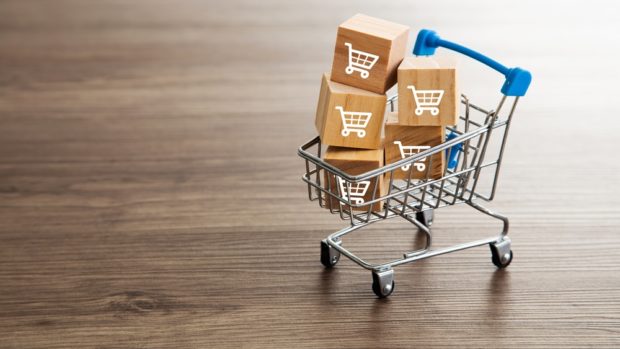
It’s no secret that retail brands have become shapeshifters as of late. From the pandemic, to geopolitical circumstances affecting supply chains and now the economic ambiguity,- retailers have constantly had to adapt to survive, moulding themselves to respond to the shocks in their path.
Established consumer spending milestones like the World Cup, Christmas and now Valentines Day have helped keep many retailers afloat in recent months, but the industry is not out of the woods yet.
The latest ONS figures reveal a positive incremental boost in retail sales volumes in January following a disappointing December, but the small rise does little to disguise what broadly remains a downward trend. On top of this, it’s still unclear whether an anticipated recession will take hold whilst soaring energy bills continue to diminish consumers’ confidence.
A recent study from Treasure Data confirms retailers’ concerns, revealing that retail is the most “at risk” sector in the current economic climate, as over a third (35 per cent) of customers have re-categorised retail buys from “essential” to “nice-to-have”. But a weaker economy does not necessarily have to mean a drop in customers, as long as the retailer is talking to the right customer, on the right channel, at the right time.
This raises the question: how can retailers best judge how long the current issues will last and communicate sensitively with customers, all whilst delivering quality customer experience?
As cost-conscious consumers downgrade the value they place on essential products, any decision a retailer makes in the current environment could be make or break for their business. In fact, our research found that retailers are treading an increasingly thin tightrope, as over three-quarters (83 per cent) of consumers think campaigns should be adapted to be sensitive to their changing priorities and needs due to the cost of living crisis.
With cohorts of thrifty consumers increasingly likely to leave the brands they’re loyal to for the sake of a good deal, as well as expecting sensitivity from the businesses they place their pennies with, bridging the gap between being a “nice-to-have” to a value-add is now an imperative for retailers.
There are those that have got this right – like Boots, for example. Its Everyday range helps consumers buy the lowest priced essential items ranging from 50p to £2.50, and resulted in a sales uplift of 35 per cent. Others have developed loyalty schemes that can offer discounts on consumers’ most sought out items, both in-store and online.
Whichever way they decide to do it, it’s clear that there’s no place for a “one-size-fits-all” approach when addressing many consumers’ shrinking purchasing power. Retailers must tailor the customer experience they provide accordingly, or else fail to properly accommodate consumers’ needs and lose custom at a time they need it most.
With this in mind, here are a couple of ways that retailers can weather the storm ahead using what’s right in front of their noses – data.
Be equipped to turn information into insight
Trying to make decisions that impact your customer without using all the sources at your disposal is like trying to navigate a bumpy path with a blindfold on – you’re bound to trip up somewhere.
However, the solution isn’t just collecting a treasure trove of data on your customer – but knowing how to use it efficiently. Poor execution can obstruct a retailer’s ability to gain a 360° customer view of their customer and jeopardise the way they communicate accordingly.
A strong data management strategy is the perfect marriage between the right tech and a properly trained team that knows how to bring the numbers to life, turning data into meaningful insights.
Use insights to communicate the right message to the right consumer
It goes without saying that accurate decisions often rely on first-party data, and for this consumer participation is essential. We’re living in a world where consumers want you to know who they are and tailor communications accordingly, but they don’t want to give up their information – four in ten (40 per cent) consumers admit to deliberately withholding personal information from brands.
This means retailers wishing to hold on to increasingly cost-conscious consumers need to make it their mission to ensure the right message is communicated to the right consumer, at the right time – first time. This way, consumers will have a positive sense of what they are receiving in exchange for sharing their data. Without doing so, retailers risk having glaring data blindspots in their midst as consumers revoke their consent in droves.
To insulate themselves against these ongoing challenges, retailers must prioritise acquainting themselves with strategies that will enhance customer experience, shore up consumer loyalty and boost sales all the while. Against a backdrop of economic uncertainty, it’s clear that data is the key to tapping into the crux of what consumers need and want. When the stakes are this high, there’s both everything to gain and everything to lose.








Share